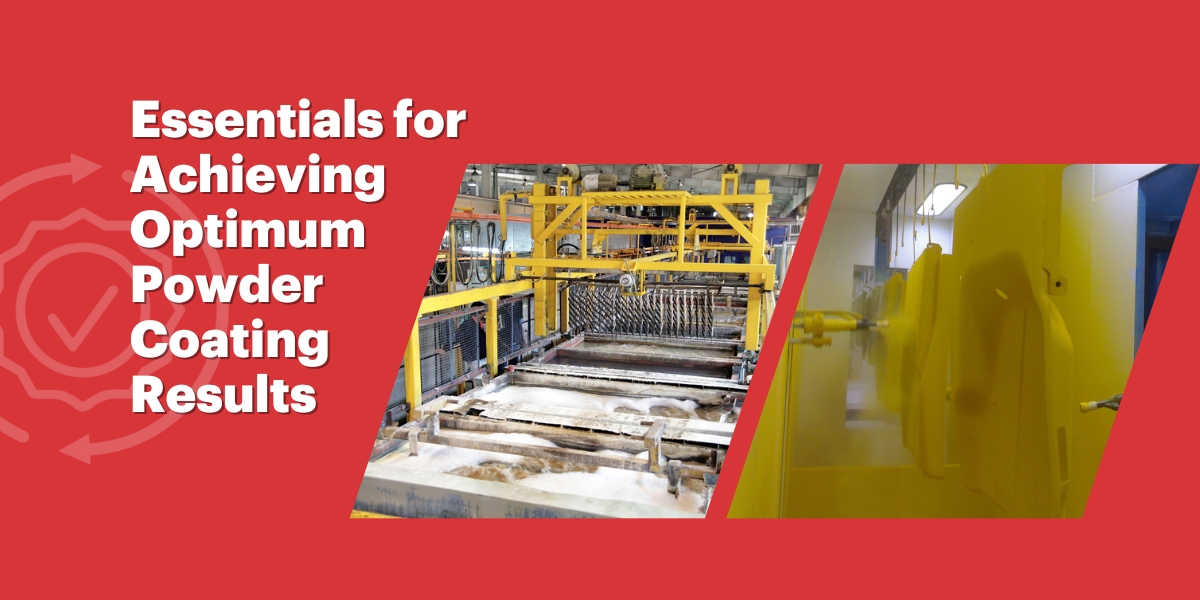Achieving optimum powder coating results relies on a combination of several key factors, spanning from surface preparation to curing and quality control. Here are few factors that contribute in Achieving Optimum Powder Coating Results outcomes.
Surface Preparation:
Ensuring thorough cleaning to remove contaminants such as oil, grease, dirt, and rust. Undertaking surface profiling or treatment (e.g., sandblasting, chemical etching) to enhance adhesion.
Substrate Condition:
Making sure the substrate (e.g., aluminum sections) is properly prepared and free from defects that could affect coating adhesion and appearance.
Powder Selection:
Choosing the appropriate powder coating material based on color, texture, performance requirements (e.g., corrosion resistance, UV stability), and application method.
Application Equipment:
Using properly maintained and calibrated powder coating equipment, including guns, booths and recovery systems, to ensure consistent and uniform powder application.
Proper Grounding:
In powder coating, proper grounding conditions are crucial. All powder coating equipment, including spray guns, booths and curing ovens, must be grounded to prevent the buildup of static electricity and minimize the risk of electrical hazards. Metal substrates being coated should also be properly grounded to facilitate efficient powder deposition and minimize static buildup. Operators and personnel working in the powder coating area should wear grounded footwear or use grounding straps to prevent static buildup and discharge.
Application Technique:
Maintaining the correct gun-to-part distance, powder flow rate, and air pressure during application. Applying an even, consistent coat to avoid defects like orange peel, runs.
Temperature and Humidity Control:
Monitoring and controlling environmental conditions (temperature and humidity) in the coating area to optimize powder flow and adhesion.
Curing Process:
Following manufacturer-recommended curing parameters, including temperature, time, and ramp-up/ramp-down rates. Ensuring parts are evenly heated throughout the curing process to promote complete cross-linking and adhesion.
Cooling and Handling:
Allowing coated parts to cool down gradually after curing to prevent thermal shock. Handling parts carefully to avoid damage to the coating before it fully cures.
Quality Control and Inspection:
Conducting visual inspections for defects such as pinholes, bubbles, or uneven coverage. Performing adhesion tests, thickness measurements, and other quality control checks to verify coating integrity.
Skilled Operators:
Ensuring operators are properly trained in all aspects of the powder coating process, including surface preparation, application, curing, and quality control.


